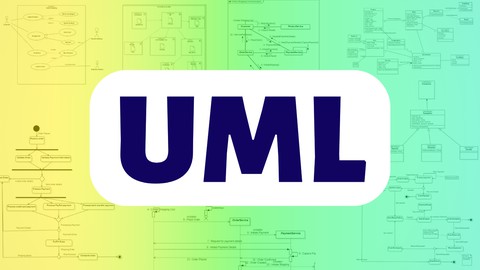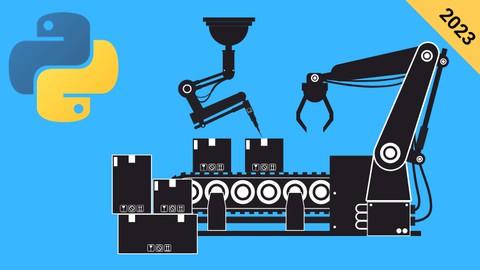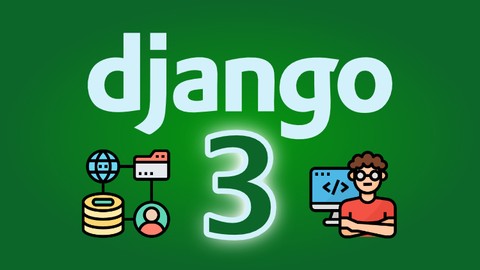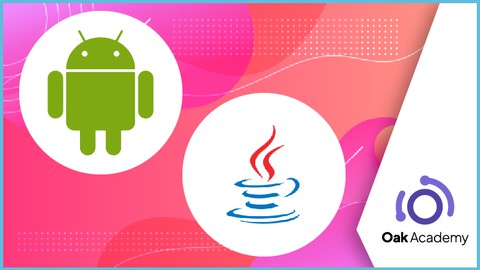PostgreSQL Bootcamp : Go From Beginner to Advanced, 60+hours
Loại khoá học: Database Design & Development
Learn about Subqueries, CTEs, Indexes, PL/SQL, PL/pgSQL, Triggers, Cursors, Partitions, Views, JSON, Window Functions...
Mô tả
Subqueries? Yes, Recursive CTEs? Yes, Server programming with SQL and PL/pgSQL, Stored Procedures? Yes, Window Functions? Yes indeed and much more...
I've design this course from step-by-step move from basic to advanced topics. Here is a partial list of some of the topics that are covered in 50+ sections and 60+ hours of this course:
Apply powerful SQL commands to store, update and retrieve information
Step-by-step walkthrough to perform simple to complex SQL queries
How to create a database from the scratch, Creating and modifying tables
Using UPSERT for INSERT and UPDATE at the same time
Query data with ORDER BY, Logical operators, and filters
Understand PostgreSQL various data types with examples
Data type conversions with CAST, and conversion functions
Create your own user-defined data types
Explore table and column constraints, create multiple composite constraints, see data integrity operations
Create your own custom sequences
Parsing data with queries using string functions
Aggregate data with aggregate functions
Date/Time data types, Intervals, and handling timezones
Grouping Data with GROUP BY, conditional filter with HAVING
Joining Multiple Tables with various joins techniques
Combining Queries together with UNION, INTERSECT, and EXCEPT
Understand and create PostgreSQL Schemas, ownership, security privileges
Constructing arrays and ranges, query array data with conditional filters
Storing data with JSONB objects and Indexing
Query performance optimization with indexes, understanding indexes nodes and outputs
Create and update regular and materialize views
Simple to advances step-by-step Subqueries
Creating Common Table Expressions (CTEs), and recursive CTEs queries
Making data into group sets
Simple to advanced Windows Functions
Using regular expressions for text patterns
Powerful text searches in PostgreSQL
Create and exploring table partitioning techniques
Server programming with SQL and PL/pqSQL
Creating Stores Procedures
Extending PostgreSQL echosystem with custom indexes, and aggregate functions
Creating, and executing Triggers
Using Cursors
pqsql Utility Commands
Creating Crosstab reports
Making our database for storing global language data - Internationalization
Running queries with PostgreSQL transactions
Crating, and Managing PostgreSQL Security
All about PostgreSQL internals on how data gets stored and much more
Running hundreds of queries on sample databases like HR, Northwind, Stock Markets, Word Trades database
This comprehensive course will teach you everything about PostgreSQL to use in your next big project!
Master the PostgreSQL database, and see how to apply it with real world database and queries. Sign up today and master PostgreSQL!
Bạn sẽ học được gì
Learn with 60+ hours of hands-on practical exercises
Step-by-step walkthrough to perform simple to complex SQL queries
Subqueries, CTEs, Indexes, PL/SQL, PL/pgSQL, Triggers, Cursors, Partitions, Views, JSON, Window Functions, and much more
How to create a database from scratch
Creating and using various Data types
Creating User-defined data types
Table and Column constraints
Understanding, Using, and creating custom Sequences
String Functions
Aggregate Functions
Date/Time Functions with query analysis
Grouping data with group sets
Schemas creations and privileges
Table Partitioning techniques
Exploring Array Functions
In-depth JSON data types and queries
Subqueries
Common Table Expressions (CTEs)
Recursive Common Table Expressions
Advanced Window Functions
Server Programming
Functions with SQL Language
Functions with PL/pgSQL Language
Exploring Stored Procedures
Indexes and queries performance optimizations
Multiple Data Views types and Security
Using Regular Expressions for Text Patterns
Power Text Searches with special data types and indexes
Crosstab Reports with crosstab extensions
Making our database for global languages - Internationalization
psql Utility Commands
Understanding PostgreSQL Internals
Triggers
Using Cursors
Data integrity with Transactions and Savepoints
Managing PostgreSQL security
Extended PostgreSQL echosystem
Analyze sample HR, Stocks, Northwind, Global Trades databases
Practice with huge number of queries
Use SQL to perform data analysis
Confident putting SQL and PostgreSQL on your resume
Yêu cầu
- No pre-knowledge is required: I'll teach you absolutely everything you need to know!
- A computer is required, but any will do. A desktop or a laptop running Mac, Windows, or Linux
- All the software used in the course is free, and I'll personally walk you through setting it all up
Nội dung khoá học
Viết Bình Luận
Khoá học liên quan

Đăng ký get khoá học Udemy - Unica - Gitiho giá chỉ 50k!
Get khoá học giá rẻ ngay trước khi bị fix.


















Đánh giá của học viên
Bình luận khách hàng